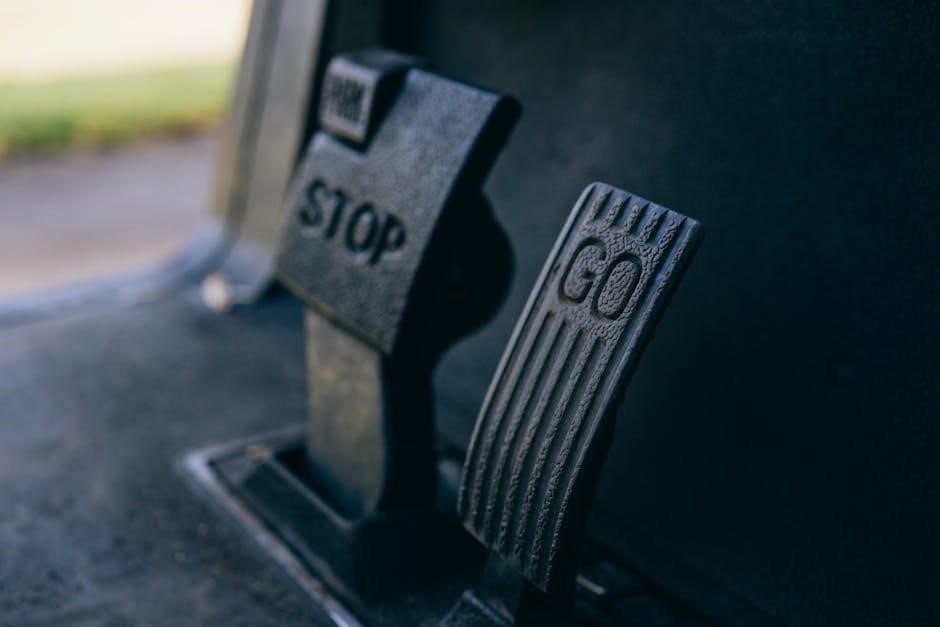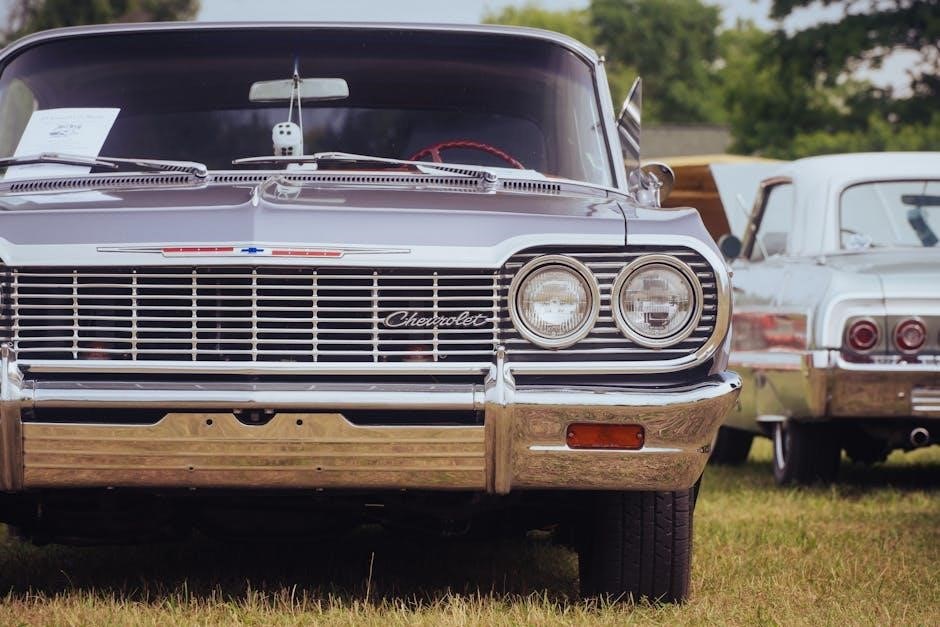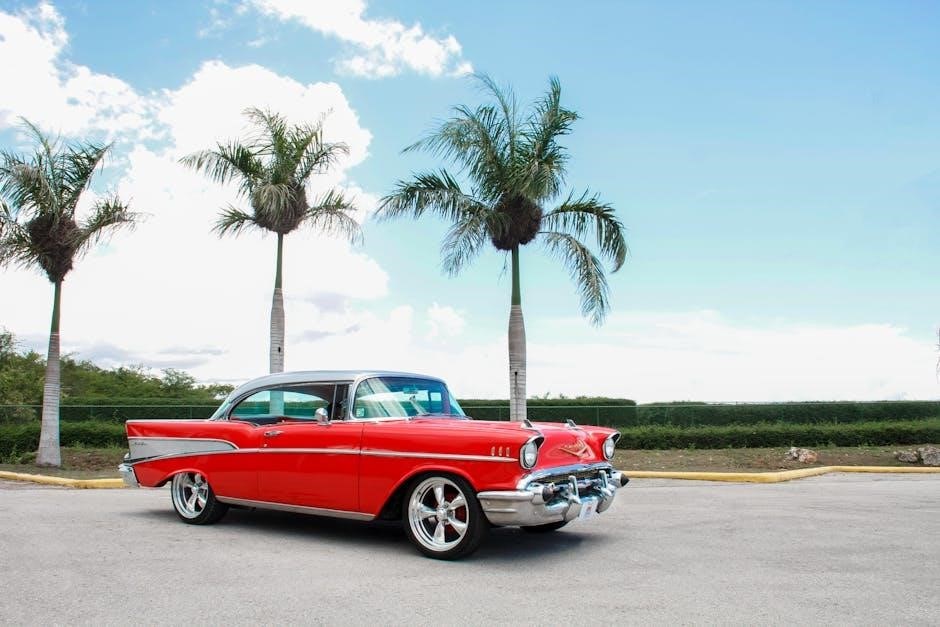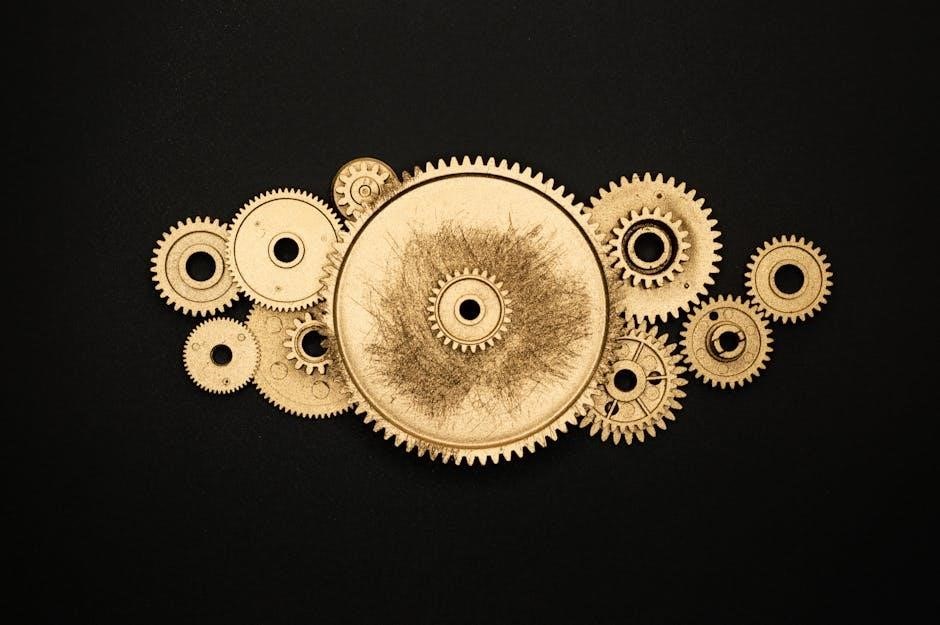chevy transmission swap guide
- Published
- in Guide
A transmission swap is a significant project that can breathe new life into your Chevrolet vehicle, whether you’re aiming for improved performance, better fuel efficiency, or enhanced reliability. This guide provides a comprehensive overview of the process, ensuring you’re well-prepared to tackle the challenge. Understanding the basics of Chevy transmissions and the importance of a transmission swap is essential before diving into the hands-on work.
Modern Chevrolet transmissions, such as the 4L60E or 6L80, are designed for durability and performance, but they can still require replacement due to wear and tear or upgrades. A transmission swap allows you to install a unit that better suits your vehicle’s needs, whether it’s for towing, off-road adventures, or everyday driving. This process involves careful planning, the right tools, and a step-by-step approach to ensure success.
Before starting, it’s crucial to research the specific transmission you’re working with and the one you’re installing. Compatibility, wiring, and fluid requirements are just a few factors to consider. This guide will walk you through the key aspects of a Chevy transmission swap, helping you understand the process and prepare for a smooth installation. Whether you’re a seasoned mechanic or a DIY enthusiast, this information will serve as a valuable resource for your project.
1.1 Understanding the Basics of Chevy Transmissions

When it comes to performing a Chevy transmission swap, understanding the basics of how these transmissions work is crucial. Chevrolet has produced a wide variety of transmissions over the years, each designed for specific applications, whether it’s for a high-performance vehicle, a heavy-duty truck, or an everyday commuter car. Knowing the fundamentals will help you identify the right transmission for your needs and ensure a successful swap.

First, it’s important to recognize that Chevy transmissions can be broadly categorized into two types: automatic and manual. Automatic transmissions are the most common and are known for their ease of use, as they automatically adjust gear ratios based on driving conditions. Manual transmissions, on the other hand, require the driver to manually shift gears using a clutch pedal and gearshift, offering more control over the vehicle’s performance.
Among the most popular automatic transmissions in Chevy vehicles are the 4L60E and the 6L80. The 4L60E is a four-speed automatic transmission that has been widely used in GM vehicles since the early ’90s. It’s known for its durability and versatility, making it a favorite among enthusiasts for swaps. The 6L80, introduced in the mid-2000s, is a six-speed automatic transmission designed for higher torque applications, such as in trucks and SUVs. Both of these transmissions are electronically controlled, meaning they rely on a computer system to manage gear shifts and torque distribution.
Manual transmissions, while less common in modern Chevy vehicles, are still prized by driving purists. The T-5 and T-56 are two of the most well-known manual transmissions used in Chevrolet cars. The T-5 is a five-speed manual transmission that was widely used in GM vehicles during the ’80s and ’90s. The T-56, introduced in the ’90s, is a six-speed manual transmission known for its strength and smooth shifting, often found in high-performance vehicles like the Camaro and Corvette.

Understanding how these transmissions work is essential for any swap. In an automatic transmission, the torque converter plays a key role by transferring power from the engine to the transmission. Inside the transmission, planetary gear sets, clutches, and bands work together to provide the necessary gear ratios. The valve body, controlled by the transmission control module (TCM), directs hydraulic pressure to engage and disengage these components to achieve smooth shifts. In modern Chevy transmissions, the TCM is often integrated with the vehicle’s ECM (Engine Control Module), allowing for more precise control over transmission operations.
In a manual transmission, the process is more mechanical. When the driver presses the clutch pedal, it disengages the engine from the transmission, allowing the driver to manually select a gear using the gearshift. The gearbox contains a set of gears that are meshed together in different combinations to achieve the desired gear ratio. The driveshaft then transfers this power to the differential, which delivers it to the wheels. Manual transmissions are generally simpler in design than automatics, but they require more driver input and skill to operate effectively.
One of the most important things to understand when performing a transmission swap is compatibility. Not all transmissions are interchangeable, and installing the wrong one can lead to serious mechanical issues. For example, a transmission designed for a rear-wheel-drive (RWD) vehicle may not work in a four-wheel-drive (4WD) application without significant modifications. Similarly, the electrical systems in modern transmissions often require specific wiring and software configurations to function properly with the vehicle’s computer systems.
Another critical factor is the physical dimensions of the transmission. The length of the transmission, the location of the mounting points, and the type of bellhousing it uses can all impact whether it will fit in your vehicle. In some cases, modifications such as relocating the crossmember or fabricating custom mounts may be necessary to accommodate the new transmission. Researching the specifications of the transmission you plan to install and comparing them to your vehicle’s existing setup is essential to avoid costly surprises down the line.
It’s also important to consider the torque and horsepower ratings of the transmission. Installing a transmission that is not rated for your vehicle’s engine output can lead to premature wear and failure. For example, a high-performance engine producing 500 horsepower will require a much sturdier transmission than one producing 200 horsepower. Similarly, if you’re towing a heavy trailer or driving in hilly terrain, you’ll need a transmission with lower gear ratios to handle the increased load.

When selecting a transmission for your swap, you should also think about the overall driving experience you want to achieve. If you’re looking for better fuel efficiency, a transmission with taller gear ratios and an overdrive gear may be the best choice. On the other hand, if you’re building a track car or a drag racer, a transmission with shorter gear ratios and a stronger build quality will be more appropriate. The key is to match the transmission’s capabilities with your vehicle’s intended use.
Finally, understanding the maintenance requirements of your transmission is vital for its long-term health. Regular fluid changes, filter replacements, and inspections can help prevent costly repairs. In addition, driving habits such as rapid acceleration, frequent stop-and-go driving, and extreme temperatures can all impact the transmission’s lifespan. By taking care of your transmission and staying informed about its operation, you can ensure that it continues to perform at its best for years to come.
1.2 Importance of a Transmission Swap

A transmission swap is a critical undertaking that can significantly enhance the performance, reliability, and overall functionality of your Chevrolet vehicle. Whether you’re addressing a faulty transmission, upgrading to a more capable unit, or customizing your vehicle for specific applications, a transmission swap offers numerous benefits that can transform your driving experience. Understanding the importance of this process can help you appreciate the value of investing time and resources into it.
One of the most compelling reasons for a transmission swap is to address mechanical failures or inefficiencies in the existing transmission. Over time, transmissions can wear out due to high mileage, excessive stress, or poor maintenance. Symptoms such as slipping gears, delayed engagement, or erratic shifting often indicate that the transmission is no longer functioning as it should. Ignoring these issues can lead to catastrophic failure, leaving you stranded and facing costly repairs. By swapping out the faulty transmission with a rebuilt or replacement unit, you can restore your vehicle’s reliability and ensure it runs smoothly for years to come.
Another key reason for a transmission swap is to upgrade to a more advanced or better-suited transmission for your vehicle. Modern Chevrolet transmissions, such as the 6L80 or 8L90, offer improved performance, better fuel efficiency, and enhanced towing capacity compared to older models. If you’ve upgraded your engine to a more powerful unit or if you’re using your vehicle for heavy-duty tasks like towing or hauling, a transmission swap can provide the necessary strength and durability to handle the increased demands. For instance, the 6L80 transmission, with its six-speed design and advanced torque-handling capabilities, is often sought after for its ability to manage high-torque engines and provide smooth shifting in both city and highway driving conditions.

A transmission swap can also be a cost-effective solution compared to rebuilding or repairing the existing unit. While transmission repairs can be expensive, especially if multiple components are damaged, a swap allows you to install a pre-rebuilt or remanufactured transmission that comes with a warranty. This approach not only saves time but also minimizes the risk of recurring issues. Additionally, swapping to a more fuel-efficient transmission can lead to long-term savings on gas, making it a financially sound decision for drivers who rack up high mileage.

For enthusiasts and custom builders, a transmission swap offers the opportunity to tailor their vehicle’s performance to specific needs. For example, installing a manual transmission in a Chevrolet that originally came with an automatic can provide a more engaging and responsive driving experience. Similarly, swapping to a high-performance transmission like the T-56 can enhance acceleration and handling, making it ideal for track-day enthusiasts. This level of customization allows drivers to create a vehicle that aligns with their driving style and preferences, whether it’s for daily commuting, off-road adventures, or competitive racing.
Moreover, a transmission swap can resolve persistent issues with the existing unit that have not been fully addressed by repairs. For instance, some Chevrolet transmissions, such as the 4T65E, have been known to experience problems like slipping, overheating, or premature wear of the torque converter. In such cases, swapping to a more reliable transmission like the 4L60E or 6L80 can eliminate these issues and provide a more satisfying ownership experience. By addressing the root cause of the problem, a transmission swap offers a permanent solution rather than a temporary fix.

Another important aspect of a transmission swap is the opportunity to integrate modern technology into older vehicles. For example, swapping a decades-old transmission with a contemporary unit that features electronic controls, advanced gear ratios, and improved lubrication systems can significantly enhance the vehicle’s performance and efficiency. This is particularly beneficial for classic Chevrolet models, where a transmission swap can bridge the gap between vintage styling and modern drivability;
Additionally, a transmission swap can be a proactive measure to prevent future breakdowns. If your vehicle’s transmission is approaching the end of its service life or showing early signs of wear, swapping it out before it fails can save you from the hassle and expense of an unexpected breakdown. This is especially true for vehicles that are used in challenging environments, such as extreme climates or off-road terrains, where the transmission is subjected to additional stress.

For those considering selling their vehicle in the future, a transmission swap can also increase its resale value. A well-maintained and modern transmission is a major selling point, as it assures potential buyers of the vehicle’s reliability and performance. By investing in a high-quality transmission, you not only enhance your driving experience but also make your vehicle more attractive to buyers down the line.
Finally, a transmission swap can be a rewarding project for DIY enthusiasts and mechanics. While it requires careful planning and execution, the process offers a unique opportunity to gain hands-on experience with your vehicle’s inner workings. Whether you’re rebuilding the transmission yourself or installing a pre-assembled unit, the sense of accomplishment that comes from completing the swap is unparalleled. For many car enthusiasts, the process of restoring or upgrading their vehicle is just as important as the end result.
